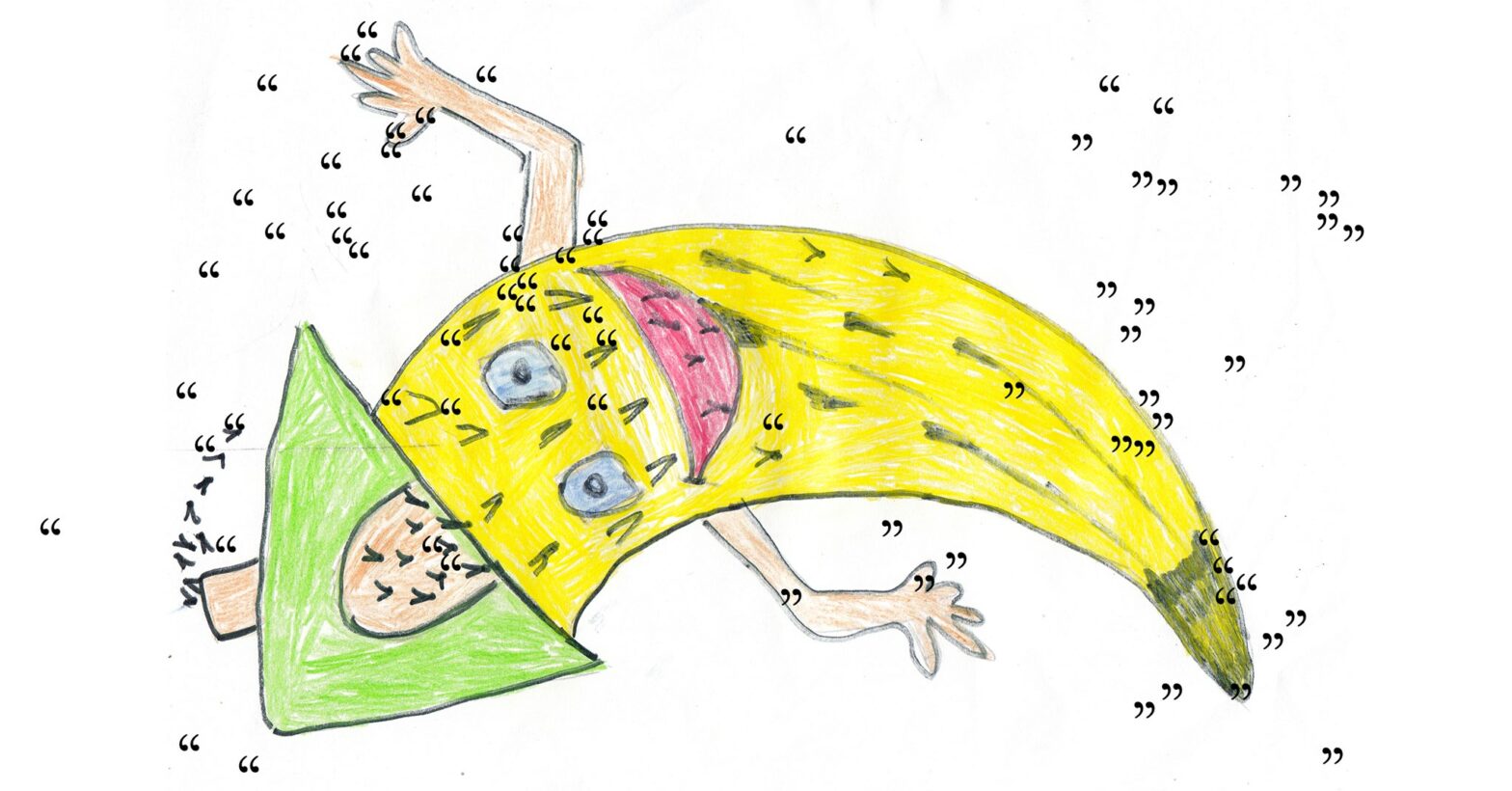Low gallery, Riga
Opening: 6 PM, Wednesday, August 25
August 25 – September 30, 2021
Participants: children, fruit flies, Mark Eckstrand, Adrian Ganea & Chlorys, Mindaugas Gapševičius, Helena Heinrihsone, Kamilė Krasauskaitė, and other significant and nonhuman others
Designer: Nerijus Rimkus
Curated by Valentinas Klimašauskas
A new wave of pandemics brings us another opportunity to reconcile with the agency and representation of nonhuman others. Something very common for this time of the year — a fruit fly — could be used as the metonymy for the non-human. Living nearby, together, and being visible, it could reveal how non-humans may be imagined, understood and treated artistically, practically, or scientifically.
The exhibition title, which refers to the overwhelming intimate lives of fruit flies, is a found clickbait. This situation refers to the phenomenon that the fruit fly, “Drosophila melanogaster”, is commonly used as a human substitute in scientific experiments to understand human behaviour and its genome. The fruit fly is used as a model organism to study disciplines ranging from fundamental genetics to the development of tissues and organs. The Drosophila genome is 60% homologous to that of humans, less redundant, and about 75% of the genes responsible for human diseases have homologs in flies. Fruit flies are instrumental in the production of scientific imagination where they also serve as human projections or representations. Fruit flies are popular among the scientific community because they are expendable, easy to control, count, monitor, and have clearly expressed genders.
Exhibition event on FB
Mindaugas Gapševičius “Rectal Candle”.
In cooperation with Martin Schied. Electronic device, display with animated GIF. 2020/2021
The capsule is designed to measure pH in one’s rectum. If used along with different diets, one could track the condition of the microbiome or the change of well-being. The object questions the relationship between the well-being of humans and the changing microbiome.
